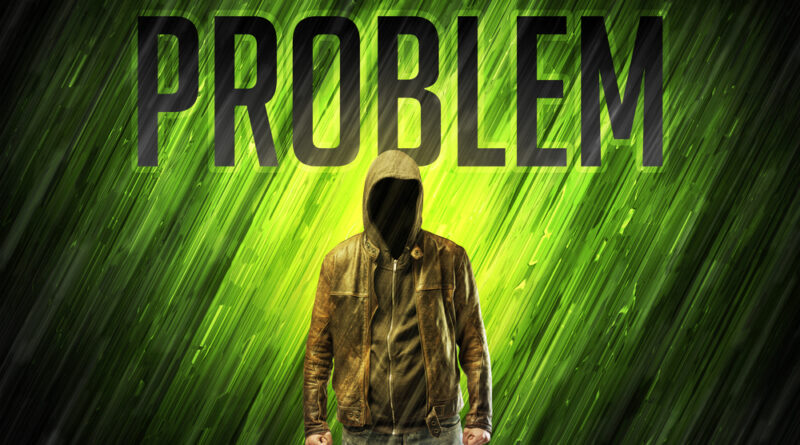Bracing for the Digital Blackout: Why 2025’s Cybercrime Surge Feels Like the Calm Before the Storm
It begins, as so many modern calamities do, with an innocuous click. A malicious email lands in a finance officer’s inbox; a misconfigured server goes unnoticed after a routine update; a smart thermostat in an out-of-the-way utility room pings an unfamiliar command. In isolation, none of these events spells catastrophe. But knit them together – in a year already defined by record-shattering hacks, bargain-basement ransomware kits and gleefully advertised “botnets-for-hire” – and you start to sense that familiar prickle of dread: the one that precedes a very bad day.
A Perfect Storm in Four Acts
-
Hyper-connected everything
The UK raced to digitise during the pandemic and never looked back. From cloud-based HR suites to smart sensors in the local water plant, we embraced connectivity with missionary zeal. Great for efficiency; dreadful for attack surface. -
Cheap, user-friendly crimeware
Once upon a time you needed serious coding chops to mount an enterprise-scale intrusion. Today, polished toolkits and AI-powered phishing bots change hands for less than a family takeaway. Even amateurs can now run professional-grade extortion rackets. -
Professionalised criminal syndicates
Gone is the lone hoodied hacker. In their place: multinational crews with HR departments, help desks and revenue targets. They test new malware like software start-ups beta-test apps – only their customer success metric is the fastest route to a seven-figure ransom. -
Critical infrastructure left running on fumes
Water boards, logistics hubs, regional hospitals – many still depend on legacy systems welded to modern networks with digital duct tape. Security budgets rarely stretch as far as the vulnerabilities do.
This combination is why 2025 already looks like an inflection point. Tens of millions of Britons have felt the sting first-hand: legal records spilled online; supermarket shelves unexpectedly bare after a supplier’s systems collapsed; beloved retailers scrambling to reset passwords for customers who didn’t even realise they had an account. Most disruptions have been swift and localised – irritating rather than existential. But none of the experts I’ve spoken to believe our luck will hold indefinitely.
Imagining the Big One
Picture an early-winter morning. A ransomware crew silently pivots from an email gateway to a logistics fleet’s route-planning tool, locking it down just as fog grounds flights across Europe. Parcel depots stall, chemists run out of critical generics, and the backlog ripples outward. Meanwhile, an unrelated botnet – rented for a sum smaller than the average stag-weekend bar tab – floods two payment processors, freezing contactless transactions for millions. The chaos is manageable at first, until a third domino falls: a regional energy distributor realises its remote telemetry units are bricked by the very same vulnerability the other attacks exploited. Patch Tuesday never felt so far away.
None of these scenarios requires James Bond-villain wizardry. They rely on the same tactics used last month against a cooperative retailer or a legal aid portal – just scaled and synchronised. What turns a nuisance into a national emergency is timing, interdependence and sheer bad luck.
Why We’re Still Behind the Curve
The private sector often frames cybersecurity as an arms race. In reality, it’s more like public health: everyone’s exposure rises to the level of the weakest immune system in the network. Yet procurement cycles, skills shortages and perverse incentives keep pushing robust security to the bottom of the spreadsheet. Boards still ask, “What’s the ROI on not being hacked?” – as though a working hospital or an unpoisoned water supply were line items open to debate.
Government, for its part, issues strategies faster than most SMEs can digest them, while chronically underfunded regulators plead for statutory teeth. The result is a patchwork of voluntary frameworks and “best practices” that criminal outfits ignore with impunity.
Shrinking the Blast Radius
No silver bullet exists, but three shifts could blunt the impact when – not if – the big one lands:
-
Radical transparency – Mandatory incident disclosure with real-time data sharing, so one firm’s misfortune inoculates thousands of peers.
-
Resilience-by-design – Grants and tax credits for overhauling brittle legacy tech in critical sectors, coupled with penalties for wilful neglect.
-
Cyber hygiene for citizens – Financial-grade authentication for essential services, universal password managers, default encryption everywhere. Mass literacy campaigns should treat phishing awareness the way 20th-century public health treated seat belts.
The Human Factor Endures
Cyber doom narratives often end with visions of lights flickering out across a panicked metropolis. Yet history’s biggest blackouts and breakdowns usually reveal something sturdier: the ingenuity of engineers jury-rigging work-arounds; the quiet heroism of nurses handwriting charts; the neighbour who shares Wi-Fi when yours goes dark. Technology may fail spectacularly, but resilience lives in human systems too.
Still, hope is hardly a strategy. The spate of breaches we’ve witnessed in 2025 is neither random nor isolated; it is a stress test we are collectively failing in slow motion. Pretending otherwise invites an even harsher lesson down the line.
The internet’s original architects never imagined that a refrigerator could help crash the power grid or that a chatty AI could social-engineer its way past national defences. We know better now. The question is whether we act on that knowledge – before a morning that begins with a frozen login screen ends with streets clogged, clinics silent and a minister at the lectern explaining why no one saw it coming.
If, in the next few months, another breach flashes across your phone, resist the urge to shrug it off as someone else’s misfortune. Every stolen record, every botnet-renting advert, every “harmless” test run is a rehearsal. And sooner rather than later, the curtain will rise on opening night.
Photo Credit: DepositPhotos.com

